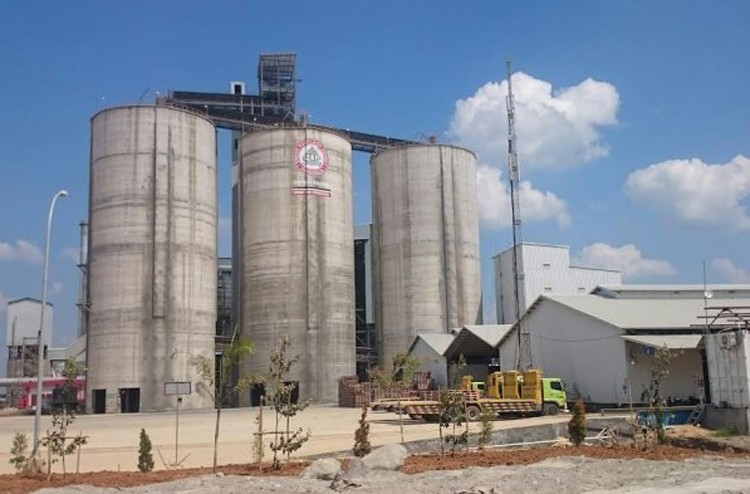Popular Reads
Top Results
Can't find what you're looking for?
View all search resultsPopular Reads
Top Results
Can't find what you're looking for?
View all search resultsDominance in cement market
In the last five years the number of cement producers in Indonesia has doubled to 14. Most of the new players come from China, such as Conch Cement, Jui Shin, Panasia, Haohan Cement and Cement Hippo. Thanks to their arrival in the market, the country’s cement production capacity has surged to 108 million tons a year, making Indonesia the largest producer in SEAsia.
Change text size
Gift Premium Articles
to Anyone
T
he recent acquisition by PT Semen Indonesia (SMGR) of the majority stake in another major local producer PT Holcim Indonesia (SMCB) will enable the state-owned cement company to maintain its grip on the domestic market amid growing competition from new players.
Semen Indonesia is the country’s largest cement maker with a production capacity of about 38.2 million tons a year, while Holcim is the third with a production capacity of 14.8 million tons a year. The US$917 million acquisition thus expands Semen Indonesia’s installed production capacity to more than 50 million tons annually and increases its market share to 57 percent from previously 39 percent.
The takeover of an 80 percent share in Holcim from Swiss multinational company LafargeHolcim Ltd. has allowed Semen Indonesia to benefit from Holcim’s 30 ready-mix facilities and distribution terminals in Sumatra and Kalimantan to boost its market share outside Java.
The acquisition may be the right step for Semen Indonesia to remain number one in the cement industry, which has seen new kids on the block begin to gain a foothold in the domestic market. In the last five years the number of cement producers in Indonesia has doubled to 14. Most of the new players come from China, such as Conch Cement, Jui Shin, Panasia, Haohan Cement and Cement Hippo. Thanks to their arrival in the market, the country’s cement production capacity has surged to 108 million tons a year, making Indonesia the largest producer in SEAsia.
The problem is the market cannot absorb a large part of the production. Oversupply is inevitable as demand ranges only between 68 and 70 million tons a year.
So far, the capacity utilization rate of the existing cement factories stands at about 60 percent as the demand, which grows only at about 6 percent per year, is still too low to take up the giant production capacity despite the massive infrastructure projects across the country. The low utilization rate has caused inefficiency, which hurts the competitive edge of most cement makers.
As a consequence, old players have to sacrifice their profit margins in order to compete with the newcomers. Some of them have a better competitive edge allegedly as a result of their predatory pricing strategy. This situation echoes the ongoing conflict between local and Chinese steel producers, which will require government intervention.
Mergers and acquisitions have become common practice in the business world as a strategy to expand into the market, gain a competitive edge or acquire new technologies. Acquisition does not only enable a company to increase its production and enlarge distribution networks, but also expand its market share. Such a strategy fits Semen Indonesia well, which now controls 57 percent of the market overall, although certain areas outside Java and Sumatra remain elusive.
Nevertheless, the Business Competition Supervisory Commission should examine the acquisition to ensure that market dominance keeps Semen Indonesia from using unfair business practices that could harm other cement producers.










